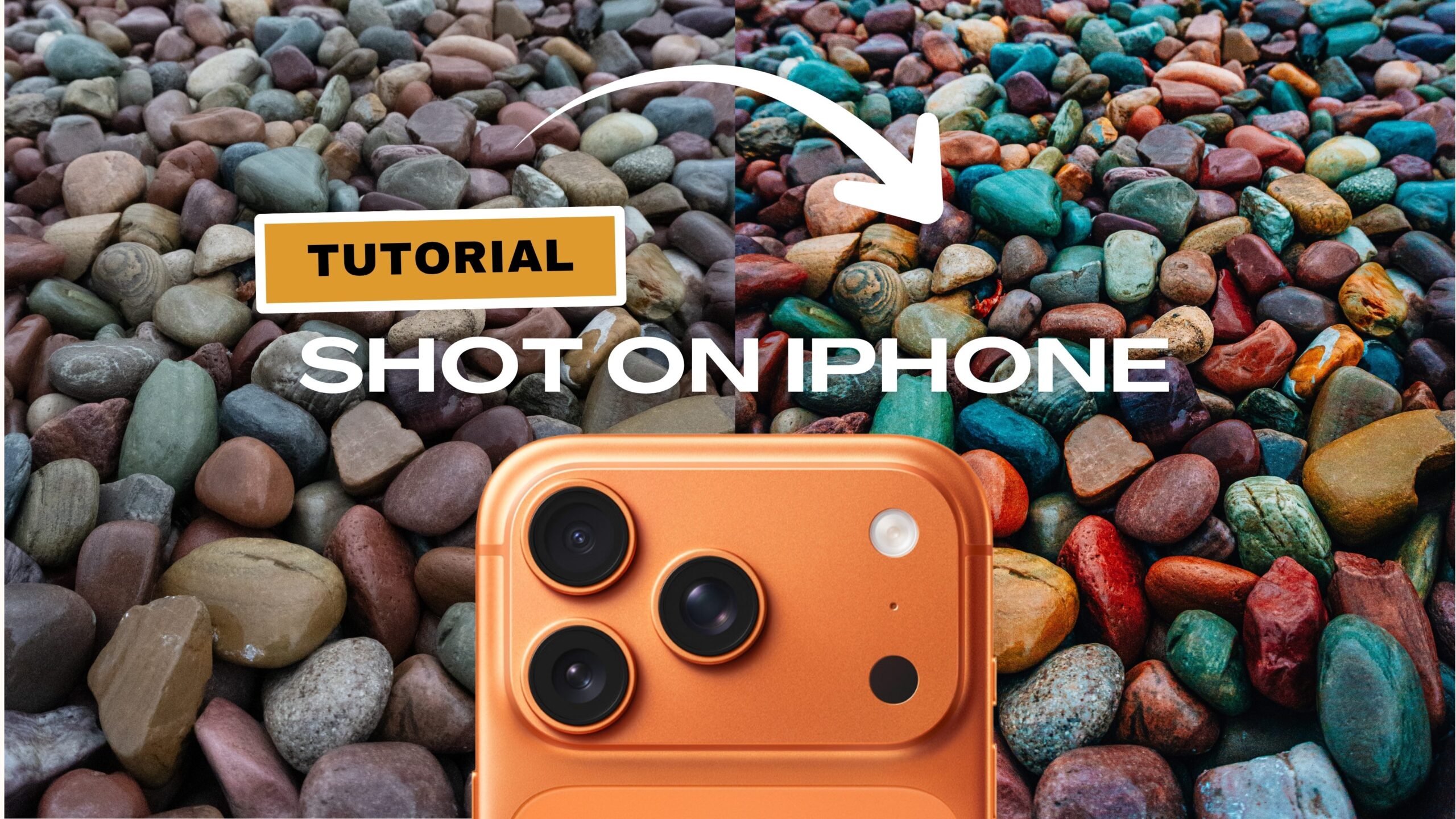The human eye, in combination with the incredibly powerful processing of the brain on the eye’s signals, is an amazing thing. We can move from direct sunlight to a near lightless room and our vision will adjust enough to be able to see in less than four seconds. And despite the massive advancements in sensor and lens technology, even the highest end cameras cannot reach the same levels of dynamic range as the eyeball of a person with 20/20 vision. Dynamic range is the amount of detail that is present in the light and dark areas of a photo. Higher dynamic range means that more detail is preserved with greater differences between the brightest and darkest areas of the image.
Using a feature on the Canon 70D, we can replicate the dynamic range of human sight using multiple exposures. This is also referred to as bracketing. By taking between two and nine images of the same scene with different exposures, the images are combined to create an image with more detail in the under and over-exposed areas. Here’s how to set up and use your Canon 70D’s Multiple Exposure mode, and a couple tips on how to get the most out of the mode:
When and Where

Image via Farbspiel Photography
Oftentimes, the Multiple Exposure method of photography is not needed: in any uniformly lit scene where the difference in the brightest and darkest areas is not extreme, a regular, properly exposed photograph will produce similar results as attempting to use multiple exposures.
Multiple Exposure photography is most useful in circumstances when there is large distance between the darkest and lightest area of the scene. An example of such a situation is attempting to take a photo with a sunlit window. With a single exposure, you must make the choice between the sunlit outside being properly exposed and the portions of the frame inside the building being underexposed, or the inside being properly exposed with the window being blown out by sunlight.
Using Multiple Exposure mode, we can combine images with multiple levels of exposure to create one, uniformly exposed photo.
Settings and Setup
Properly utilizing Multiple Exposures is really only possible using a tripod (other stabilizing techniques will help as well. Check out our article How to Use Mirror Lockup on Canon 70D), as the images taken in the mode will be layered directly over one another.
- In one of the Creative Zone modes (Shooting Modes on Canon 70D), open the Menu and navigate to the third Camera Settings tab, then open the Multiple Exposure menu. This menu is also disabled if the Wi-Fi function is currently enabled.
- Open Multiple Exposure and switch to Enable.
- Next, open the Multi-expos ctrl menu and choose between Additive and Average. These are the two methods the camera uses to combine the multiple exposures.
- Additive is the more manual of the two, and will combine the images without exposure compensation. I.e., two images combined additively will combine the brightness of both.
- To use the Additive method, you will need to compensate with negative exposure. The best starting point is to subtract a whole stop for two exposures, and another half step for each additional exposure (-1.5 stops for 3, -2 stops for 4, etc.).
- Average will automatically set negative compensation for you as you take the photos, making the setup somewhat less complicated.
- No. of Exposures lets you select anywhere from two to nine. This is the number of photos that will be taken and combined when using multiple exposures.
- Continue Mult-exp has two options: 1 shot only and Continuously. This sets whether or not your camera will stay in Multiple Exposure mode after the first shot is created. If set to Continuously, your next shot will start another multiple exposure using the same settings.
Taking the Shot
Now for the fun part: actually taking the photos. Exit the Multiple Exposure menu by either pressing the Menu button until the menu is fully exited, or simply press the shutter button.
You can determine if you’re in M.E. mode with the icon of two overlapping rectangles in the bottom left corner of the top LCD panel.
- Lock down your camera on a tripod, prepare and frame your scene, and, if desired, set up a remote shutter and/or Mirror Lockup.
- Based on the number of exposures set in the settings, determine the exposure difference between the shots. Don’t forget negative compensation if using the Additive method.
- Press the shutter button to capture the first exposure. If using Live View (by pressing the start/stop button), successive exposures will be overlaid and shown on the LCD monitor.
- You will see the number of exposures left to take indicated by the number in brackets in the top left of the LCD monitor, or the bottom right of the viewfinder.
- Adjust exposure as needed and continue capture using the shutter button.
- As you take your exposures, you can check your image by pressing the Playback button. Pressing the Delete button will let you undo the last image taken, and increase the number of exposures remaining by 1.
- When using the Additive method, the camera will immediately begin combining the images after the final exposure is captured.
Your combined shot is now recorded to your camera.
Note: the final combined photo will the only image stored on the card. Individual exposure images will be discarded.


